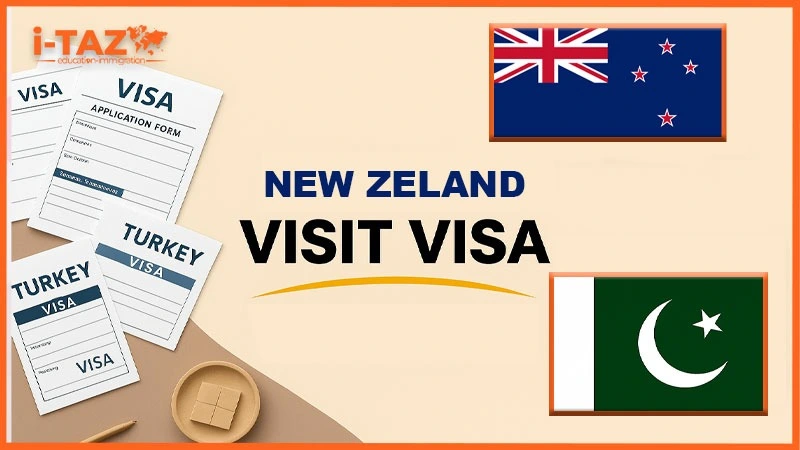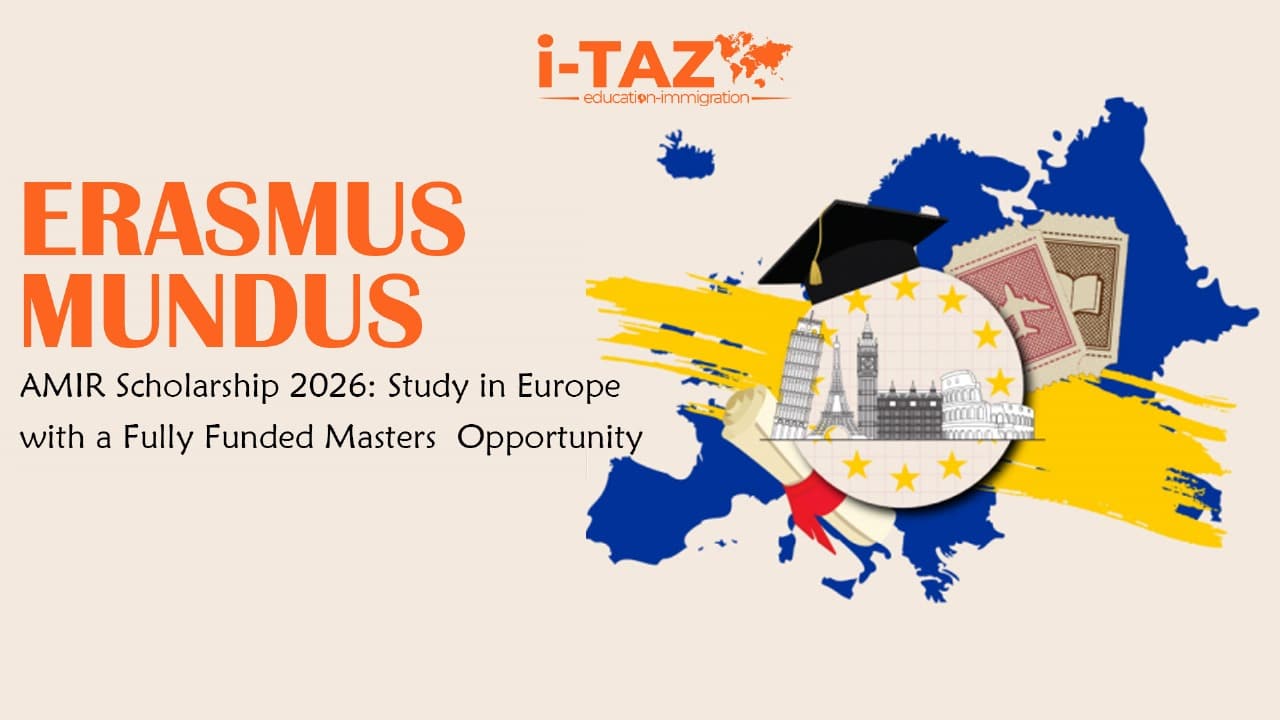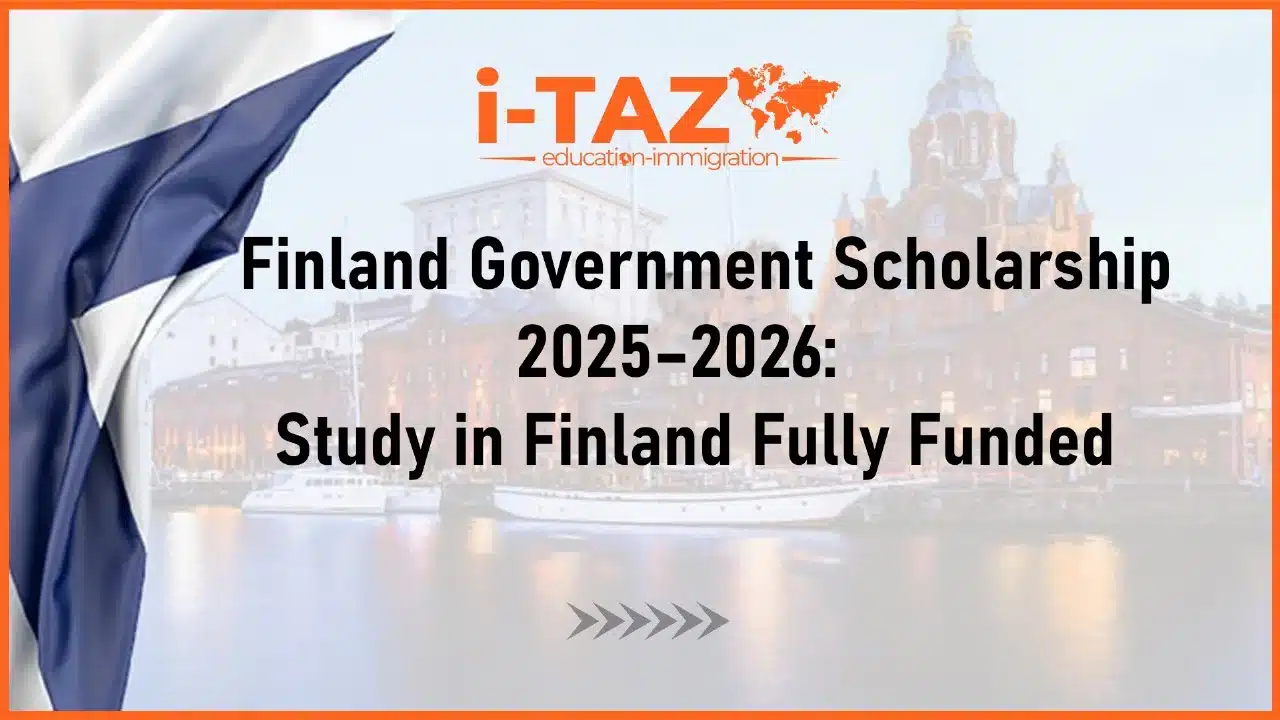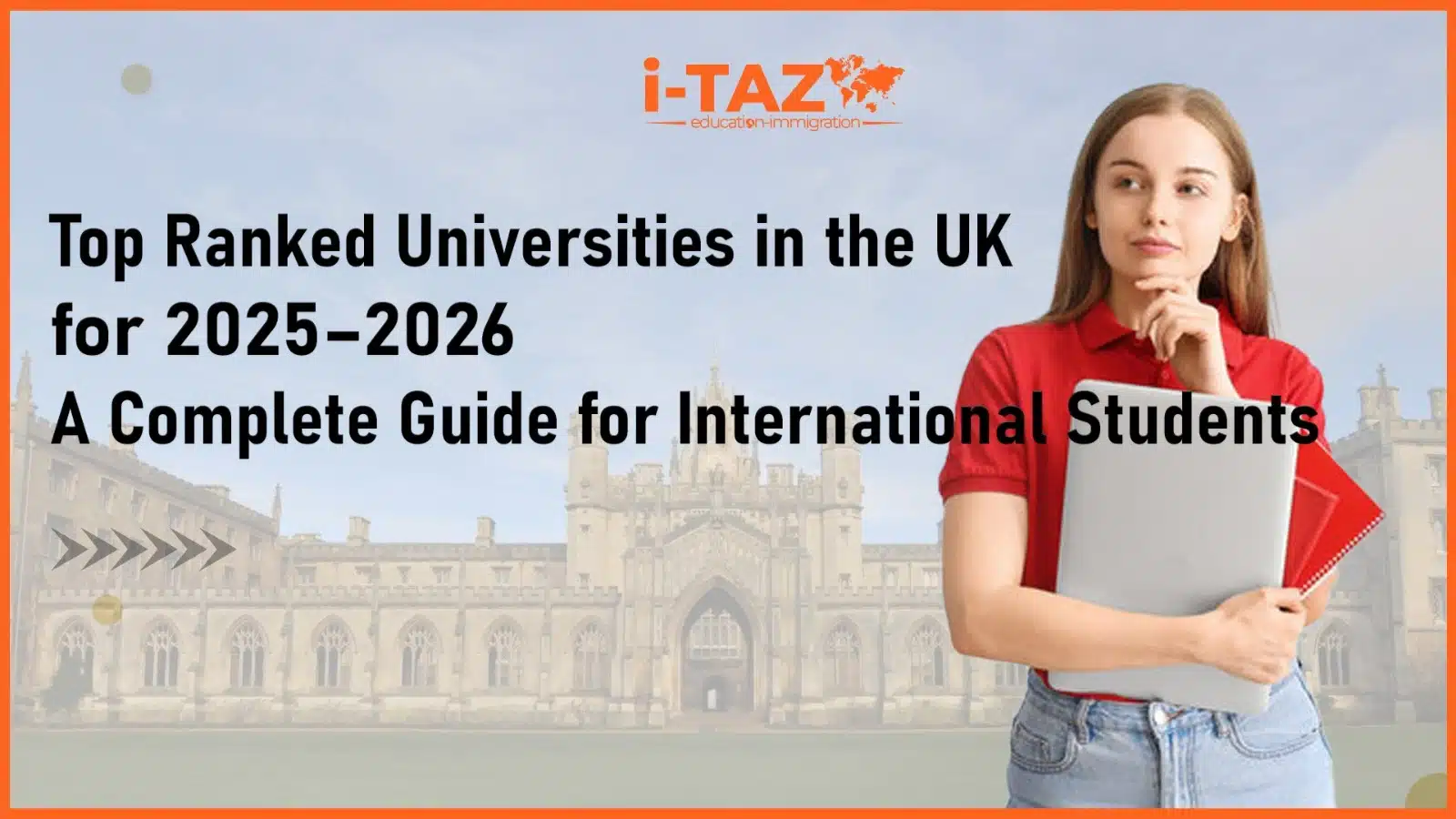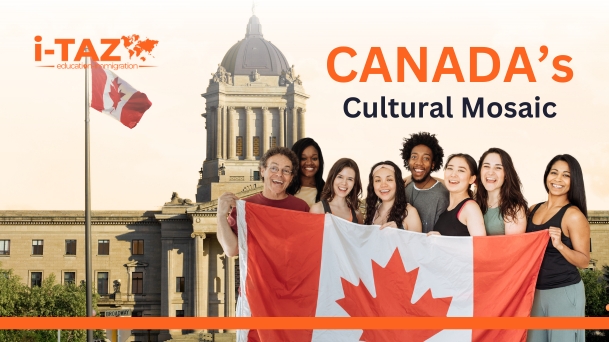Introduction
Canada, affectionately known as “The Great White North,” is more than just a land of breathtaking landscapes and cold winters; it is a thriving example of multiculturalism. Known worldwide for its welcoming attitude toward diverse backgrounds, Canada is a vibrant mosaic of cultures, ethnicities, and traditions, each contributing to a unique national identity.
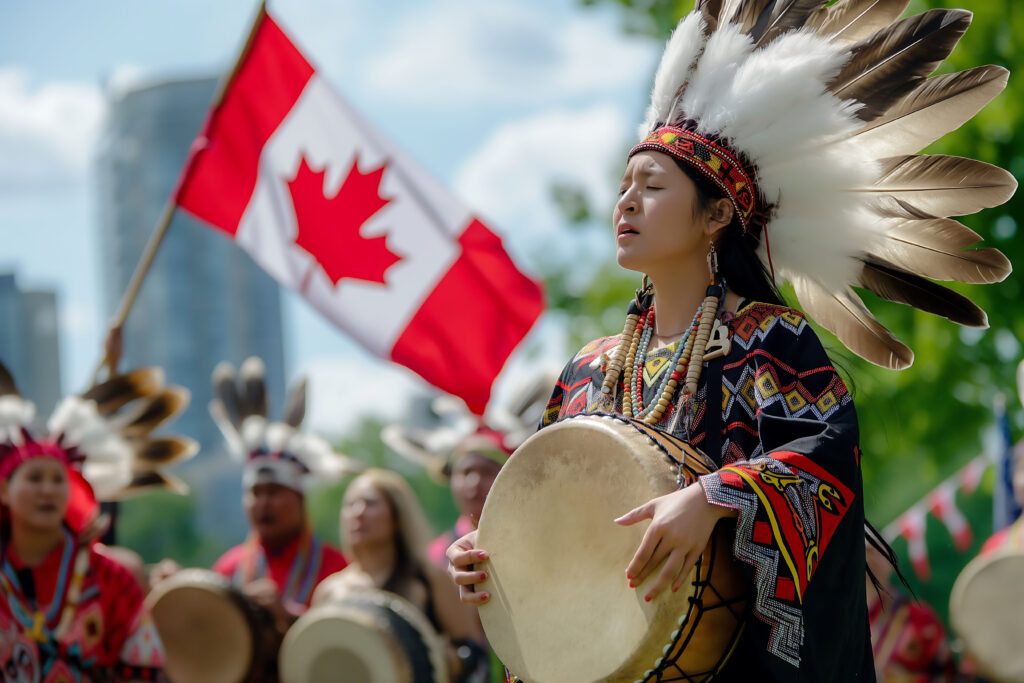
A Brief History of Canada’s Cultural Diversity
Indigenous Cultures and Their Influence
Before European settlers arrived, Canada was home to various Indigenous communities, including the First Nations, Inuit, and Métis. Their rich cultural heritage, reflected in art, languages, and spiritual beliefs, remains integral to Canada’s identity.
French and English Colonial Roots
Canada’s official bilingualism stems from its colonial past when both the French and English established settlements in the country. This historical foundation created a unique blend of European influence that still resonates in Canadian society today.
Waves of Immigration
Canada has experienced multiple immigration waves, from early settlers in the 19th century to post-WWII immigrants and, more recently, newcomers from Asia, Africa, and the Middle East. Each wave brought its traditions, languages, and customs, further enriching Canada’s cultural fabric.
Defining Canada’s Cultural Mosaic
What is a Cultural Mosaic?
A cultural mosaic is a concept where different cultural groups coexist while maintaining their unique identities. Unlike a “melting pot,” which blends cultures into a singular identity, a mosaic preserves individual cultures, reflecting the essence of Canadian multiculturalism.
How Canada’s Mosaic Differs from a Melting Pot
In a melting pot, people are encouraged to assimilate into a single national identity. Canada, however, celebrates diversity, embracing each culture as an essential part of the larger societal picture, much like individual tiles in a mosaic.
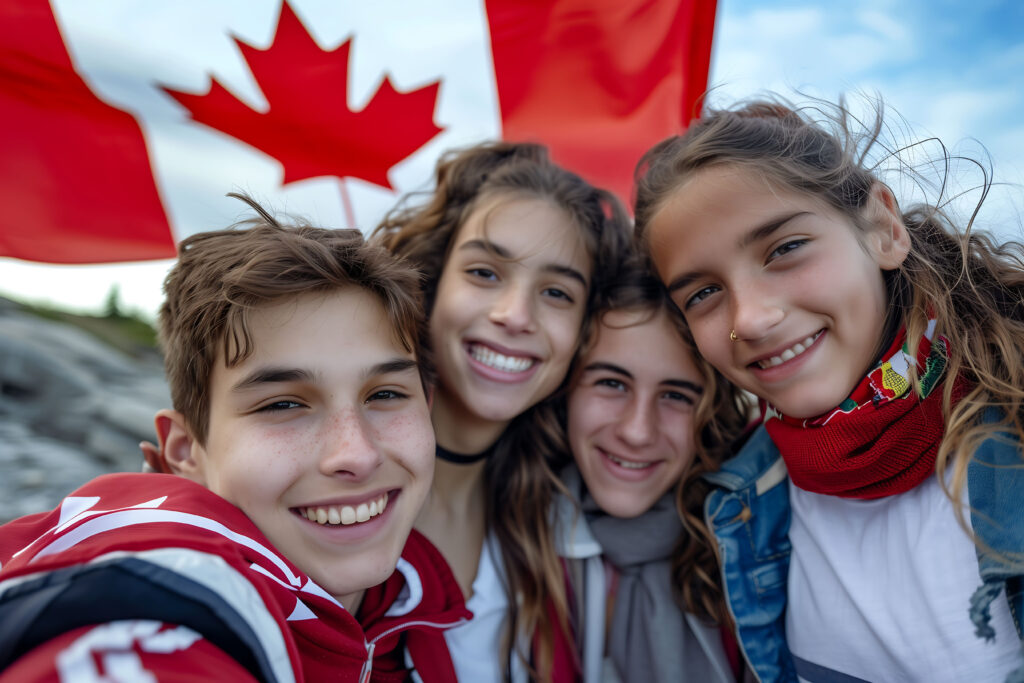
The Role of Immigration in Shaping Canadian Society
Policies Supporting Cultural Diversity
Canada’s policies, such as the Immigration and Refugee Protection Act, encourage immigration and support diversity. The country’s approach to multiculturalism is not just about acceptance; it’s about building a society where diversity thrives.
Contributions of Various Immigrant Communities
From European settlers to recent immigrants from around the globe, each community has left its mark. Toronto, Vancouver, and Montreal are known for their ethnic neighborhoods, vibrant festivals, and diverse cuisines.
Language Diversity in Canada
Official Languages – English and French
Canada’s official languages are English and French, reflecting its colonial past. This bilingualism is not just a legal requirement but a cultural identity that Canadians take pride in, especially in provinces like Quebec.
Indigenous Languages and Their Revival
Efforts are ongoing to revive Indigenous languages, such as Cree, Inuktitut, and Ojibwe. Schools, cultural programs, and local governments are working to keep these languages alive as a significant part of Canada’s identity.
Multilingualism in Major Cities
Canada’s major cities are linguistic hotspots. In Toronto, it’s common to hear a mix of languages on any given day, from Punjabi to Tagalog to Arabic. This multilingualism is a testament to Canada’s cultural inclusivity.
Indigenous Heritage and Contemporary Influence
Recognizing First Nations, Inuit, and Métis
Canada’s Indigenous communities are honored through national observances like Indigenous Peoples Day and Truth and Reconciliation Day, which highlight Indigenous contributions to Canadian society.
Indigenous Contributions to Canadian Arts and Culture
The arts are a vibrant reflection of Indigenous heritage, with powerful expressions in music, literature, and visual arts that resonate across Canada and globally.
Canada’s Festivals and Celebrations
National Events Highlighting Cultural Unity
Canada Day, celebrated on July 1, brings together people of all backgrounds, symbolizing unity and pride in Canadian heritage.
Multicultural Festivals Across Provinces
Multicultural festivals like Caribana in Toronto and the Calgary Stampede unite diverse communities, celebrating the rich blend of Canadian traditions.
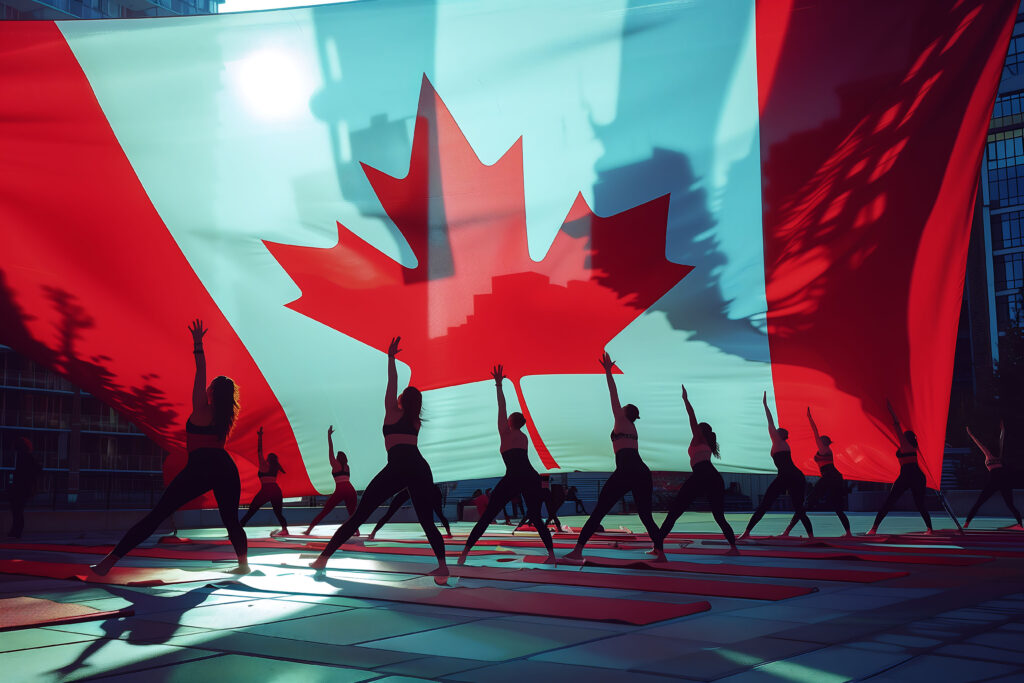
Canadian Cuisine – A Blend of Global Flavors
Traditional Indigenous Foods
Dishes like bannock smoked salmon, and wild rice offer a taste of Canada’s Indigenous culinary roots.
French and British Culinary Influences
French-Canadian dishes such as poutine and tourtière and British staples like fish and chips showcase colonial influences in Canadian cuisine.
International Flavors in Modern Canadian Cuisine
From Chinese dim sum in Vancouver to Middle Eastern shawarma in Ottawa, Canadian cuisine is a fusion of flavors from around the world.
Art, Music, and Literature as Reflections of Diversity
Visual Arts and Cultural Expressions
Canada’s visual arts scene is a rich tapestry, with Indigenous art, European-style landscapes, and modern installations creating a visual narrative of diversity.
Diverse Canadian Music Styles
From Joni Mitchell’s folk melodies to Drake’s hip-hop beats, Canadian music reflects a mix of genres and backgrounds, connecting people through melody.
Literature from Different Canadian Voices
Canadian authors such as Margaret Atwood and Michael Ondaatje highlight the range of voices within Canada, weaving stories that resonate globally.
Education and Multiculturalism
Multicultural Policies in Schools
Canadian schools promote multicultural education, introducing students to diverse histories and perspectives from an early age.
Teaching Indigenous and Multicultural History
Curricula that include Indigenous history and multicultural studies provide a well-rounded education, encouraging respect and inclusivity.
Government Policies Supporting Multiculturalism
Multiculturalism Act and Its Impact
The Multiculturalism Act of 1988 supports cultural preservation, making Canada one of the few countries with such legislation.
Programs Promoting Inclusivity and Diversity
Canada funds programs that encourage cross-cultural understanding, ensuring that all Canadians feel represented and valued.
How Canadians Embrace Cultural Diversity in Daily Life
Neighborhoods Reflecting Different Cultures
Cities like Toronto and Vancouver have neighborhoods dedicated to different cultures, allowing Canadians to explore a world of traditions without leaving the country.
Celebrating Heritage in Daily Practices
From food to fashion, Canadians celebrate their heritage daily, creating a unique blend of tradition and modernity.
Challenges to Canada’s Cultural Mosaic
Balancing Unity and Cultural Identity
Canada’s challenge is to balance unity with the preservation of unique cultural identities, ensuring each group feels both Canadian and authentically themselves.
Addressing Racism and Discrimination
While celebrated for its diversity, Canada faces issues of racism and discrimination, which the government and communities work to address through policy and education.
Canada on the Global Stage – A Leader in Diversity
Global Reputation as a Multicultural Leader
Canada’s model of inclusivity serves as an example for other countries, showcasing how diversity can be a national strength.
Canada’s Role in Promoting Diversity Internationally
Canada actively promotes diversity in global forums, advocating for inclusive policies and multicultural values worldwide.
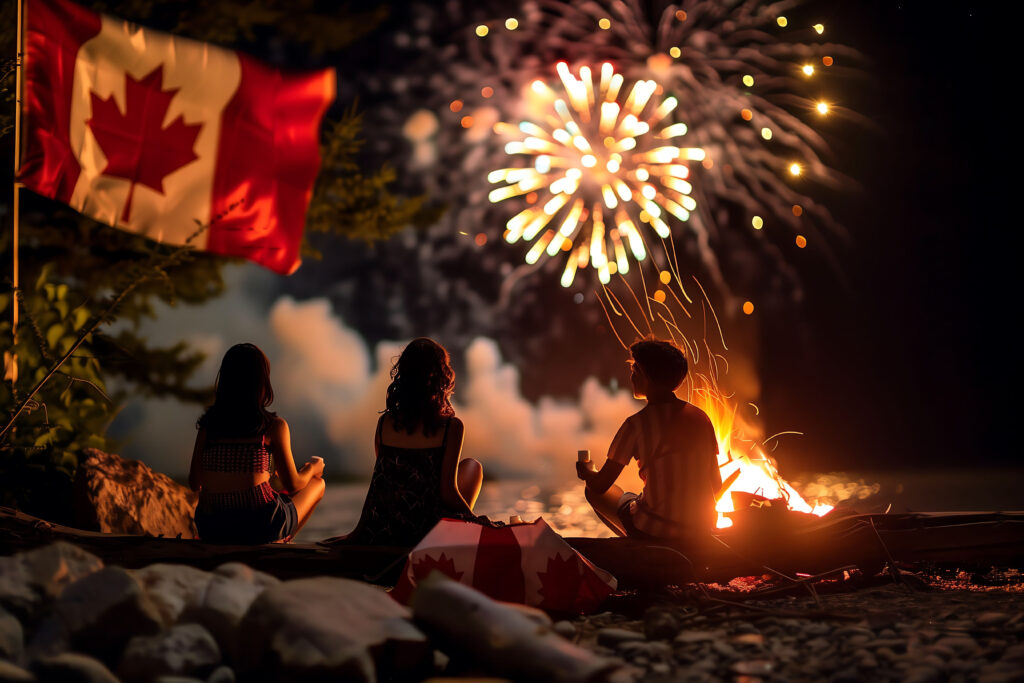
FAQs
1. What is Canada’s cultural mosaic?
Canada’s cultural mosaic is a framework where various cultures coexist while maintaining their unique identities, unlike a melting pot that blends identities into a singular culture.
2. How does Canada support multiculturalism?
Canada supports multiculturalism through policies, the Multiculturalism Act, and government programs promoting inclusivity and diversity.
3. Which are the main languages spoken in Canada?
The main languages in Canada are English and French, with a significant number of Indigenous and immigrant languages spoken nationwide.
4. What role do festivals play in Canadian multiculturalism?
Festivals in Canada celebrate diversity, bringing communities together and highlighting various cultural traditions.
5. Why is Canada seen as a leader in multiculturalism?
Canada is considered a leader due to its successful policies, acceptance of diversity, and active role in promoting multicultural values globally.
Conclusion
Canada’s cultural mosaic is a beautiful reflection of its values, where diversity is not only accepted but celebrated. Looking ahead, Canada’s commitment to multiculturalism promises a future where each culture continues to contribute to the collective story of the Great White North.

